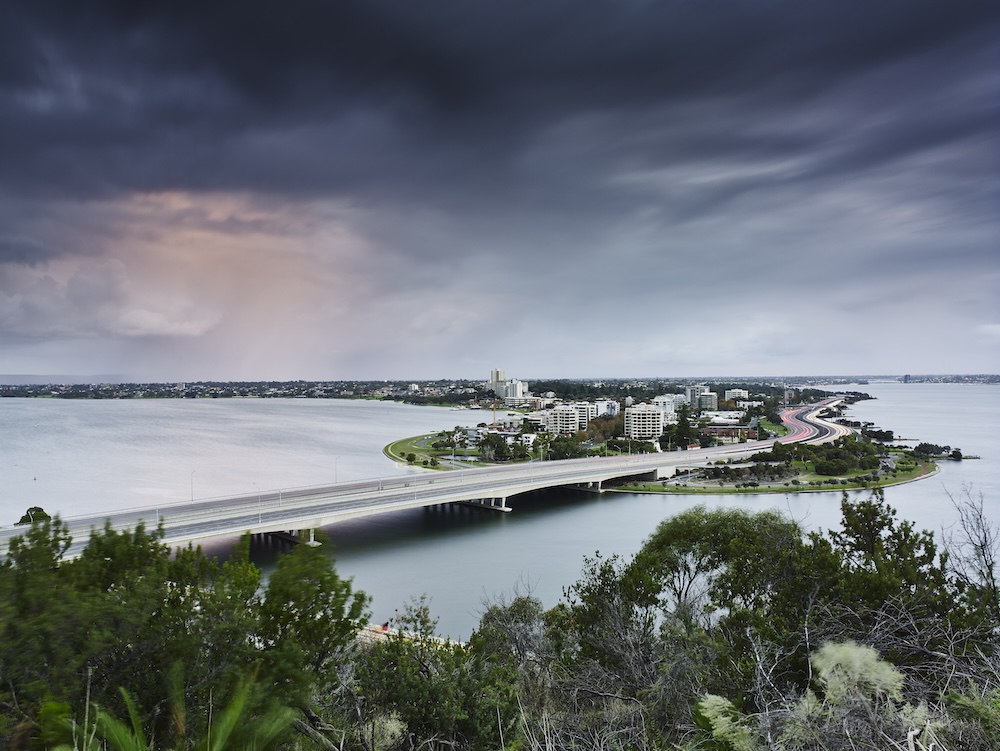Why climate change is pushing salt into freshwater — and what it means for millions
Imagine living on a beautiful stretch of coastline, surrounded by turquoise waves, lush vegetation, and sandy shores — but when you turn on the tap, there’s no safe water to drink.
For millions of people, this is no longer fiction. It’s saltwater intrusion — and it’s happening faster than many realize.
What Is Saltwater Intrusion?
Saltwater intrusion happens when seawater creeps into freshwater sources, like underground aquifers, rivers, and wells. It replaces or contaminates the freshwater with salt, making it undrinkable and unusable for cooking, farming, or daily life.
This process is natural — to a degree. But in 2025, it’s being driven by climate change, overuse, and poor planning, turning a quiet process into a crisis.
Why Is This Happening Now?
There are three major forces behind the growing threat:
1. Rising Sea Levels
As climate change causes glaciers and ice sheets to melt, the ocean is rising — slowly but steadily. Coastal areas that once kept seawater at bay are now being overrun, especially during high tides and storm surges.
This rise pushes saltwater into low-lying aquifers that used to contain only fresh water.
2. Excessive Groundwater Pumping
In many coastal regions, we rely on wells to draw up groundwater. But when too much freshwater is pumped out, pressure drops — and seawater rushes in to take its place.
This is especially common in:
- Farming communities that irrigate heavily
- Growing cities near the coast
- Tourist hotspots with high water demand
3. Stronger, Slower Storms
Climate change is also supercharging coastal storms. These storms dump more rain, push higher storm surges inland, and churn up coastlines — allowing salty water to flood areas that were once protected.
Each time this happens, salt can seep deeper into the land.
Where Is Saltwater Intrusion Happening?
It’s a global issue — but some regions are already in crisis:
South Pacific Islands (e.g., Kiribati, Tuvalu, Marshall Islands)
- Rising seas are overwhelming freshwater wells
- Many residents now rely on expensive bottled water or rainfall harvesting
- Some islands may become uninhabitable within decades due to salinized groundwater
Bangladesh
- Saltwater intrusion in the Ganges Delta has ruined rice crops
- Millions are exposed to higher salt in drinking water, which may raise blood pressure and increase pregnancy risks
- The freshwater zone continues to shrink inland
U.S. Coastal Cities (e.g., Miami, New Orleans)
- Aquifers like the Biscayne in Florida are being pushed inland by rising seas
- Local governments are building pumps and barriers — but it’s a race against time
- In some areas, saltwater has already reached municipal wells
Vietnam’s Mekong Delta
- Home to over 17 million people and a major rice-producing region
- Seawater is moving up rivers, contaminating irrigation canals and drinking water
- Farmers are now switching to salt-tolerant crops or abandoning fields altogether
What Are the Consequences?
Saltwater intrusion isn’t just inconvenient — it’s life-altering.
- Unsafe Drinking Water
Salt in drinking water doesn’t just taste bad — it can lead to dehydration, hypertension, kidney problems, and increased maternal health risks. - Destroyed Crops
Most crops cannot grow in salty soil. Rice, in particular, is extremely sensitive. Once salt builds up, yields collapse. - Water Scarcity in Coastal Communities
Areas that once had abundant groundwater now face drought-like conditions — even if surrounded by ocean. - Mass Migration and Climate Refugees
When water disappears, so does the ability to live. Entire communities may be forced to relocate, not because of fire or flood — but because there’s nothing left to drink.
What Can Be Done?
The good news: there are solutions, but they require urgency and investment.
1. Rainwater Harvesting
Collecting and storing rainfall is one of the most practical ways to provide clean water, especially on small islands or remote coasts.
2. Desalination (with Caution)
Removing salt from seawater is possible, but expensive and energy-intensive. Desalination must be powered by renewable energy to avoid worsening the climate problem.
3. Protecting Aquifers
Limiting groundwater extraction, especially during droughts or low tides, helps keep freshwater pressure strong enough to resist salt intrusion.
4. Managed Retreat
In some cases, relocating communities away from high-risk zones is the only long-term option. While difficult, it may be more sustainable than constant repair.
5. Mangrove and Wetland Restoration
Natural coastal buffers like mangroves and marshes help block saltwater from pushing inland. They also reduce storm surge and erosion — and support biodiversity.
Final Thoughts: A Salty Warning from the Future
Saltwater intrusion is one of those climate threats that hides in silence. There’s no fire. No towering wave. Just a slow, invisible creep — until one day, the water you trusted is no longer safe.
It’s happening right now.
In island nations. In coastal farmlands. Even in major cities.
The ocean is rising — and it’s not just taking land.
It’s stealing water.
And without action, the thirst will grow.









Reader Interactions